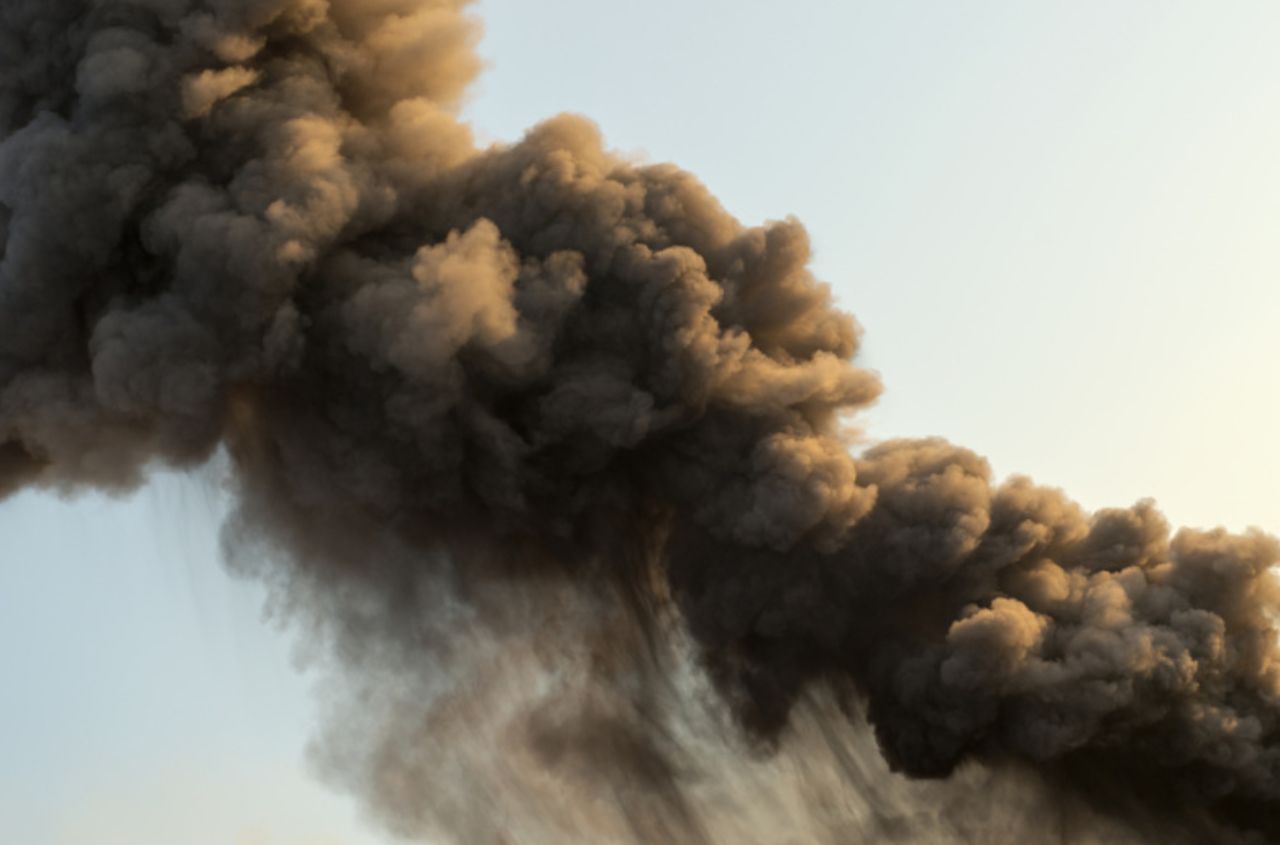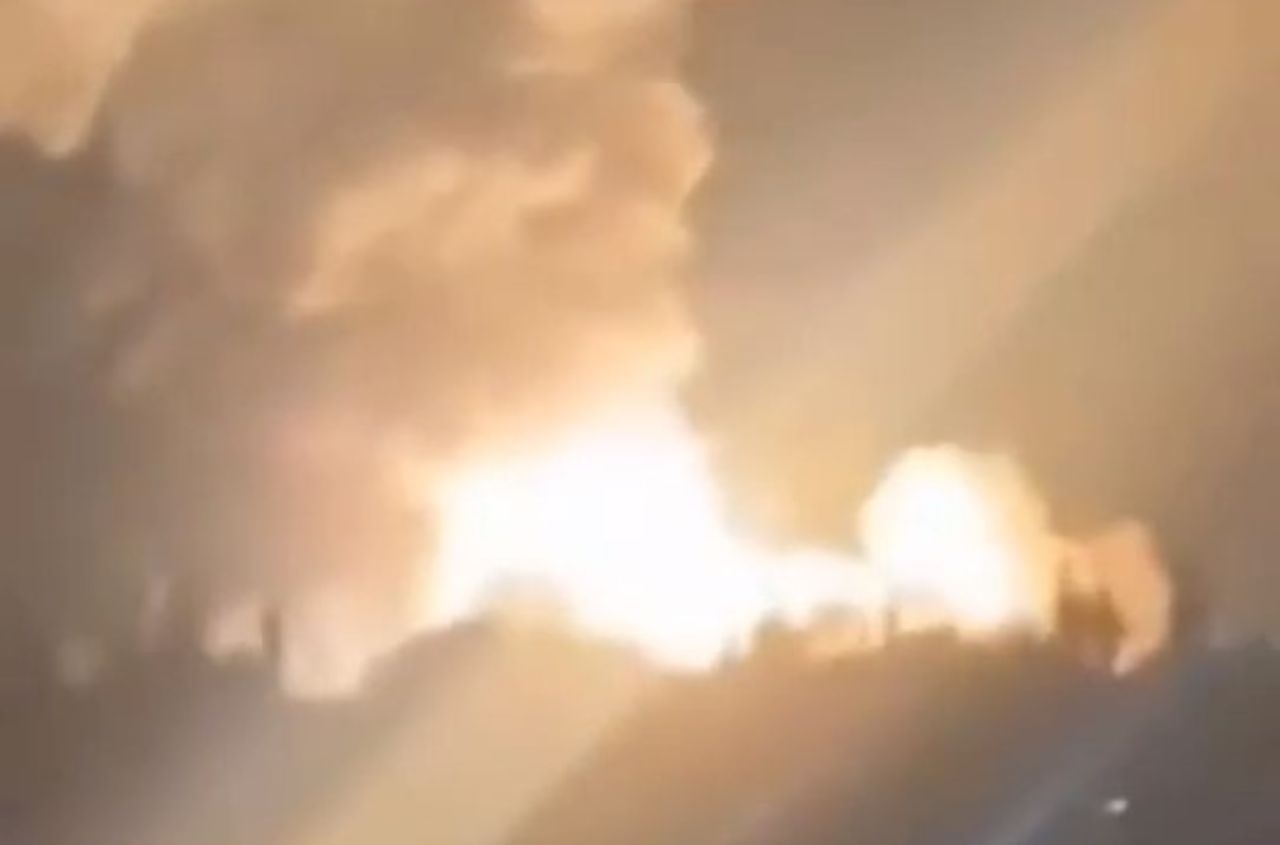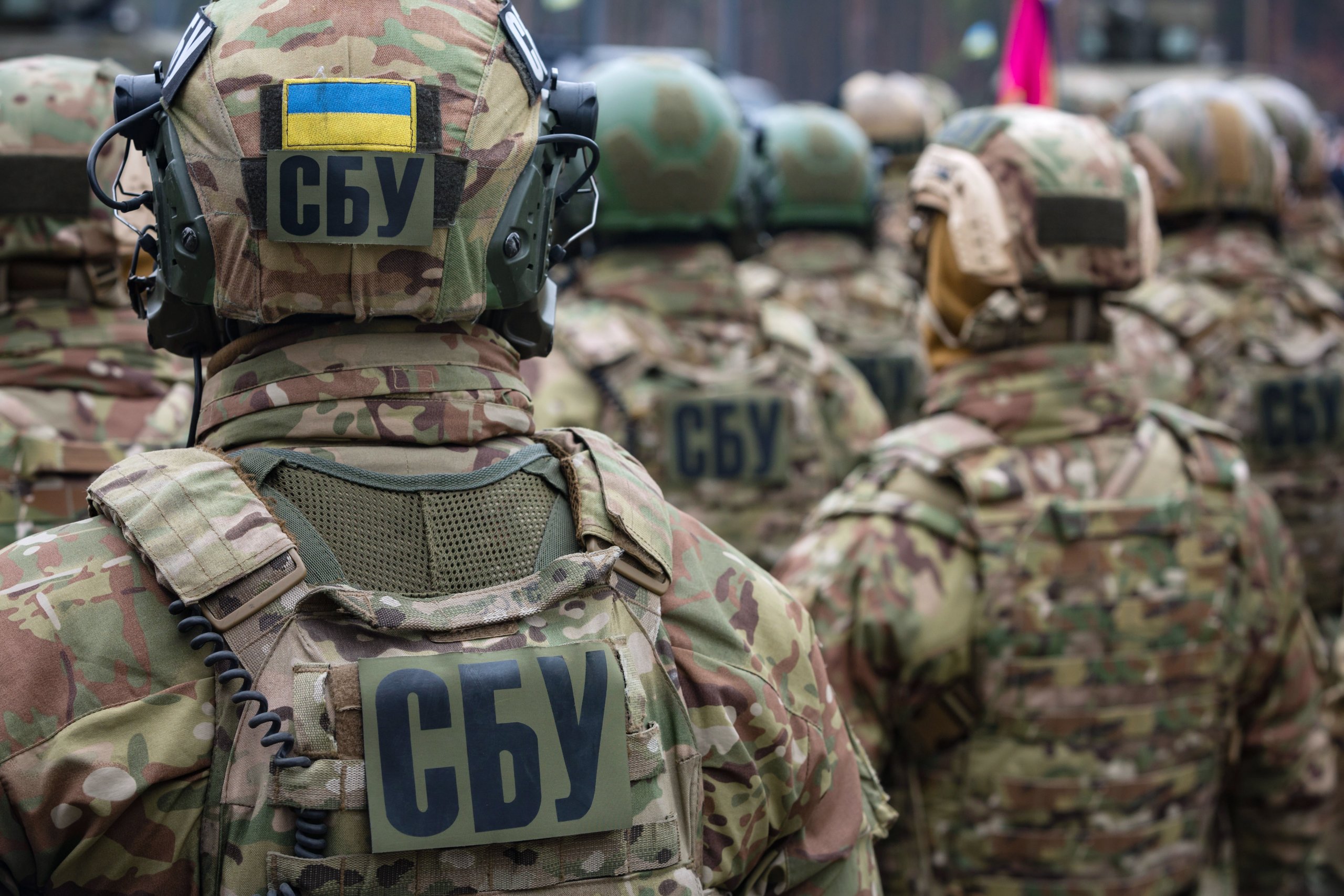"During a working trip, I traveled several hundred kilometers along the front line to see firsthand the pace at which work is being done on fortifying defensive positions. On-site, together with representatives of the parliament and regional military administrations, we assessed the situation and discussed problematic issues. Objectively, engineering work on building defense lines has been progressing at an accelerated pace lately. The weather has been favorable for several weeks, contributing to this progress. New forces and technical capabilities have been mobilized, and the necessary funds have been allocated by the government," said Deputy Minister of Defense of Ukraine, Lieutenant General Ivan Havryliuk.
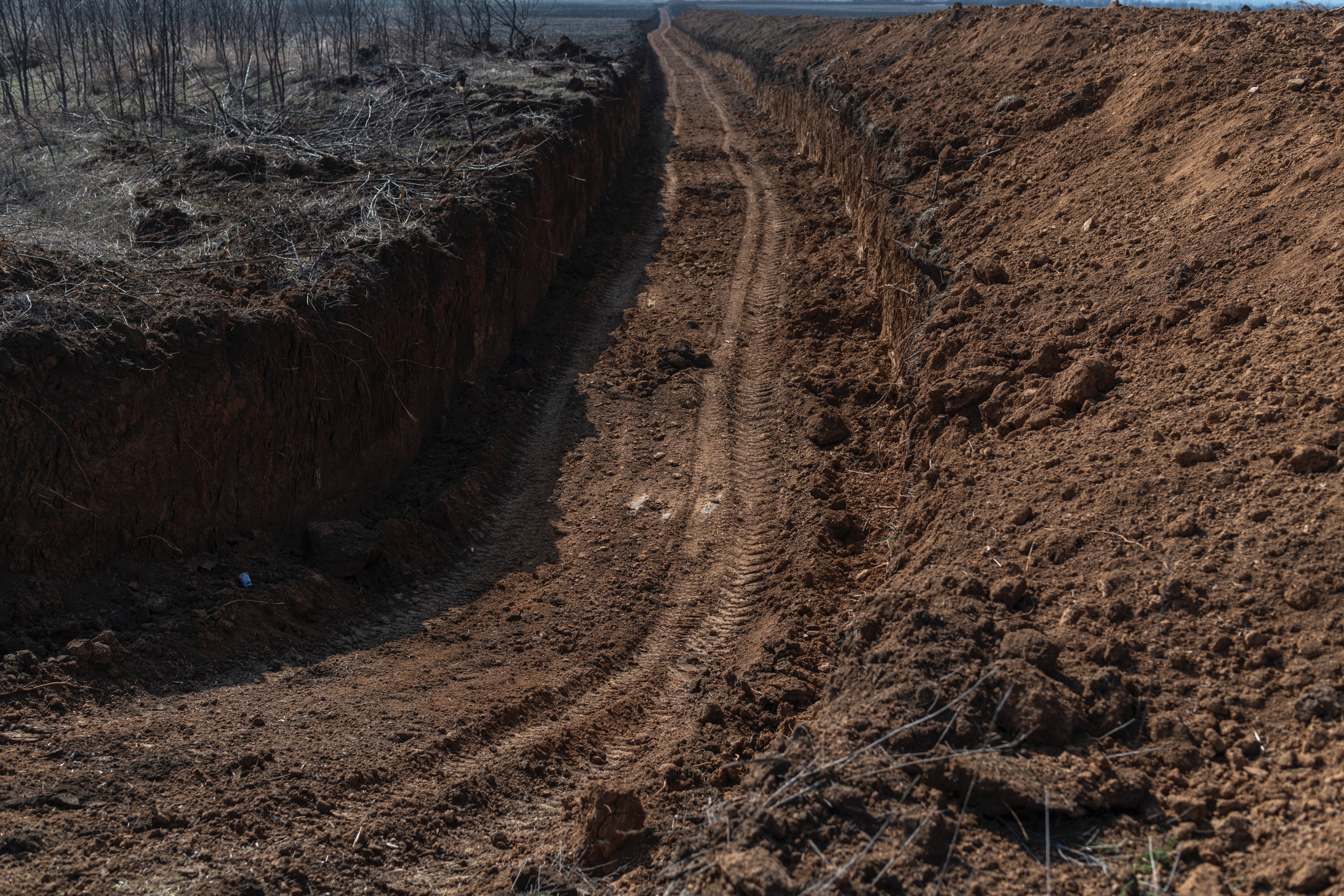
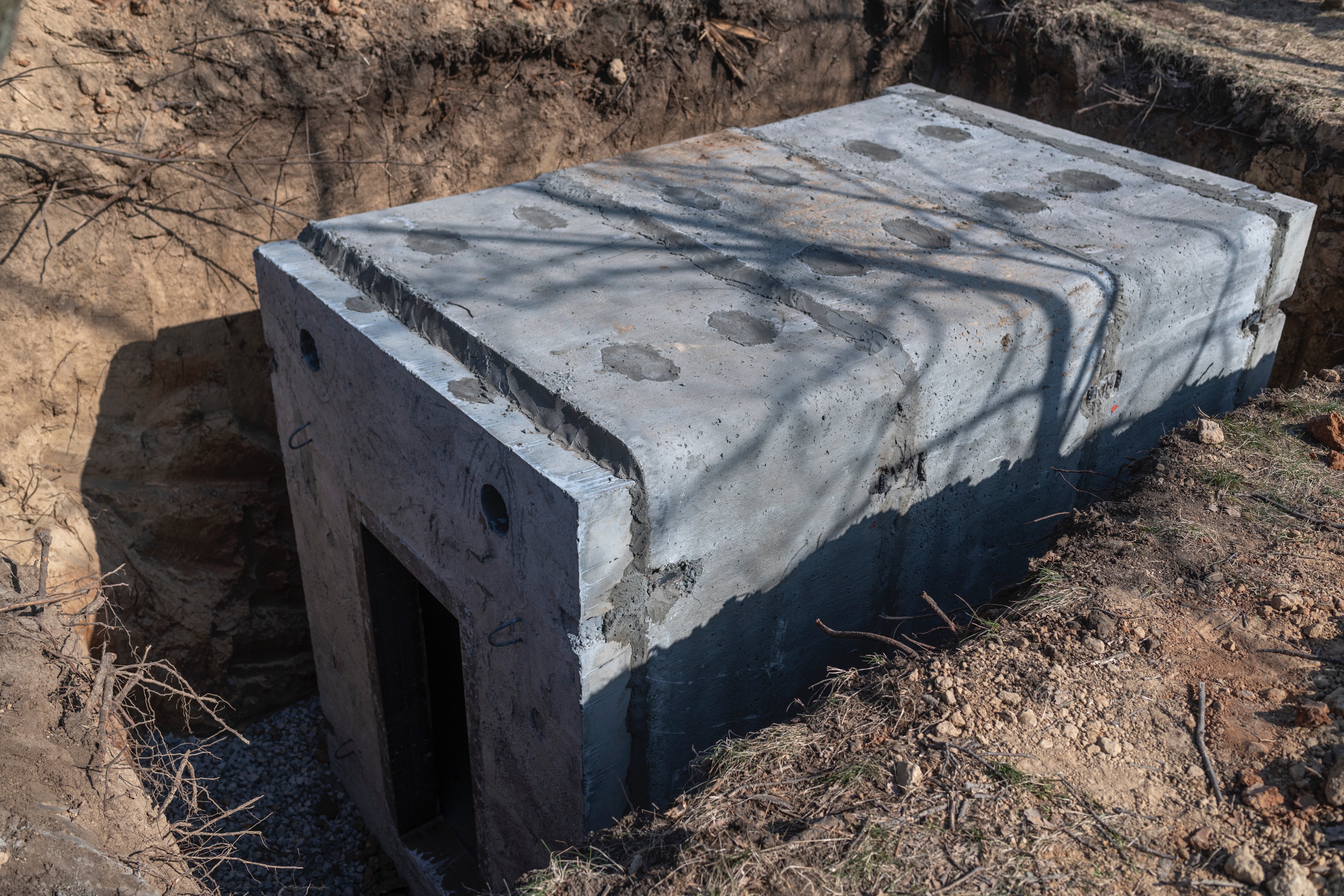
According to him, a comprehensive plan for fortifying defensive positions has been developed and approved, specifying the scope of work, deadlines, and responsibilities for each section.
"Defense lines are being constructed by both military units, including units of the Support Forces Command and the State Special Transport Service, as well as brigades of civilian workers. I emphasize that practically all regional military administrations are involved in the construction of defense lines," said Lieutenant General Ivan Havryliuk.
The daily coordination of tasks for constructing defense lines is carried out by the Deputy Head of the Office of the President of Ukraine, Oleksiy Kuleba. Prime Minister of Ukraine Denys Shmyhal receives reports on the progress of construction at a separate meeting every week.
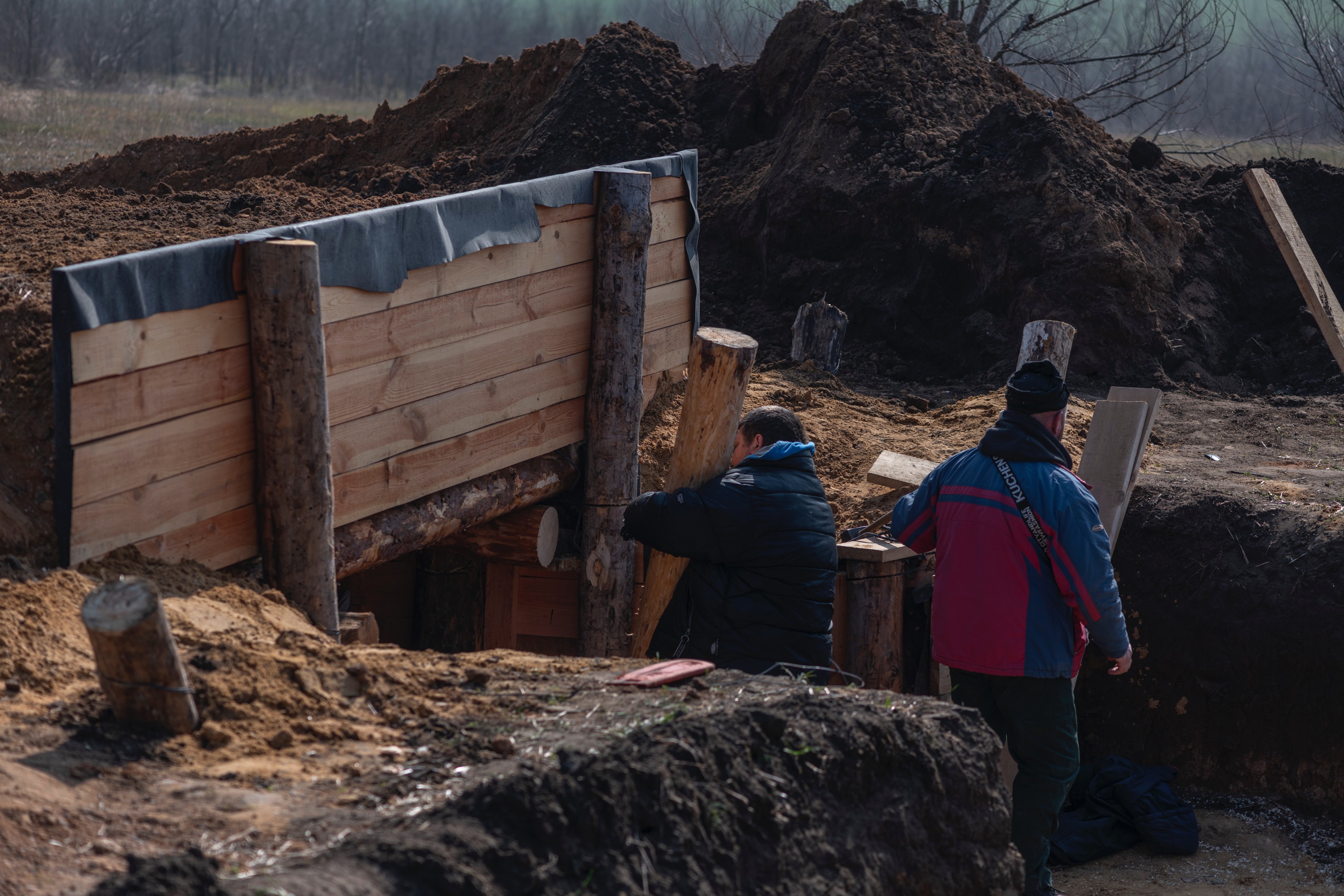
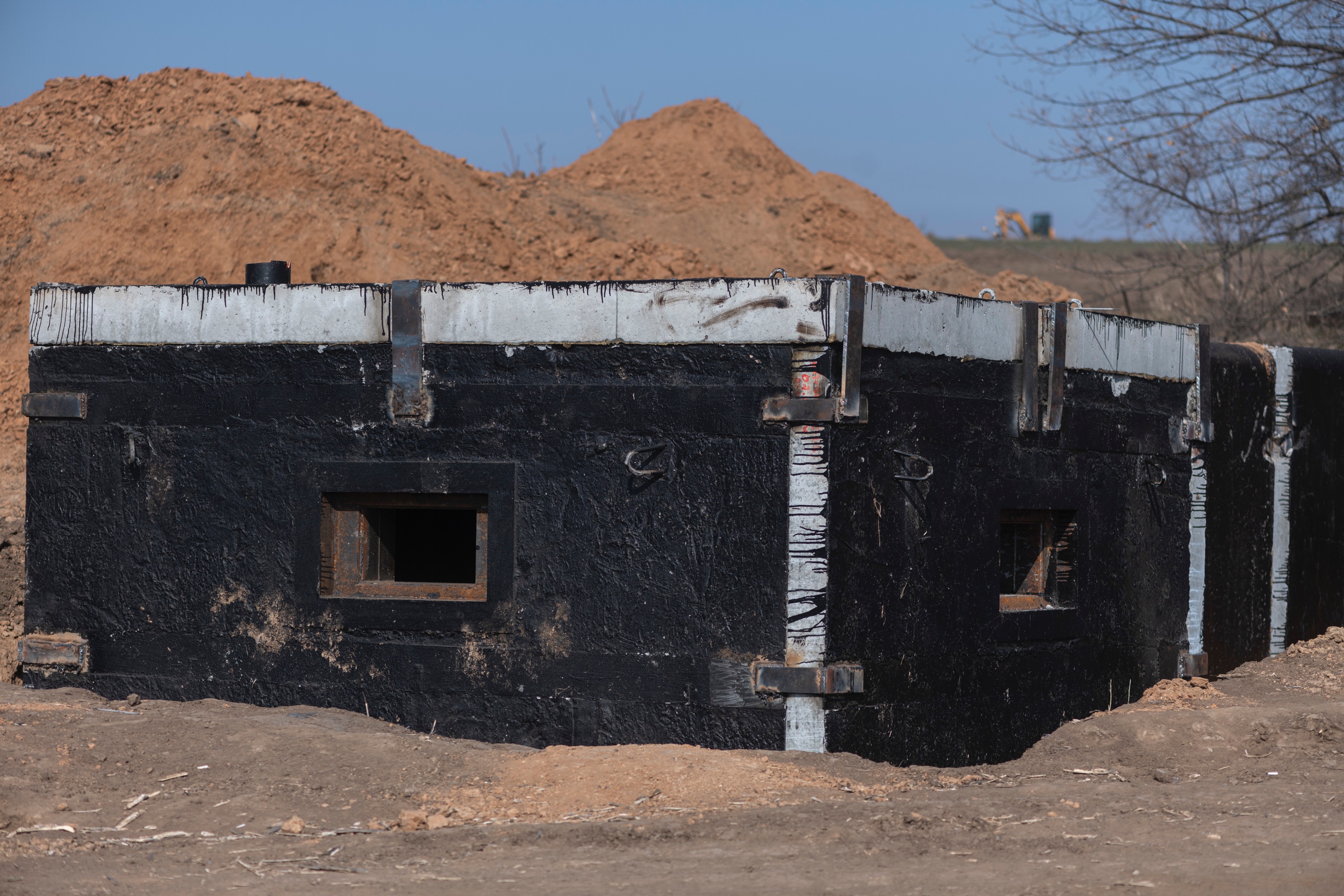
"If the security situation and weather permit, work on fortifying defensive positions is practically continuous today. Currently, the biggest challenge during the construction of defense lines is enemy drones. They often hinder the deployment of necessary construction equipment, threaten the lives of our soldiers, military engineers, civilian brigades, and disrupt the pace of work," Ivan Havryliuk explained.
The construction of defense lines is a complex process, including engineering work such as building trenches, communication trenches, and construction of bunkers, concrete shelters, firing positions, vehicle shelters, installation of engineering obstacles, special concrete structures, etc.















